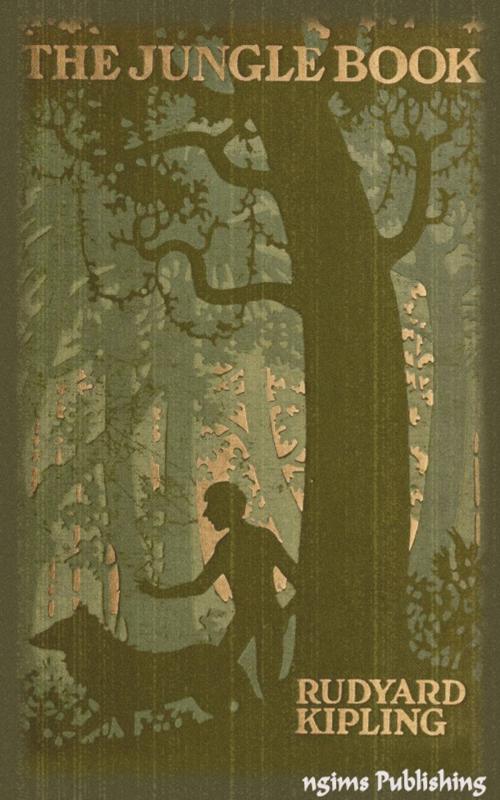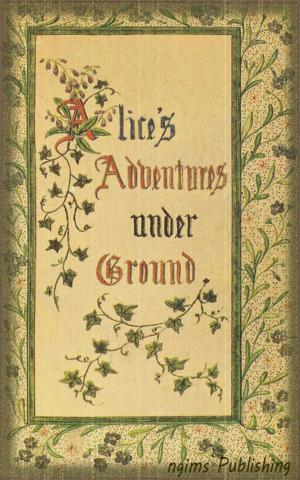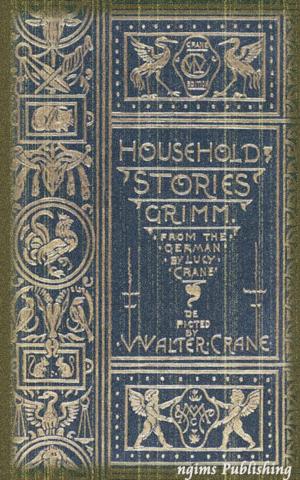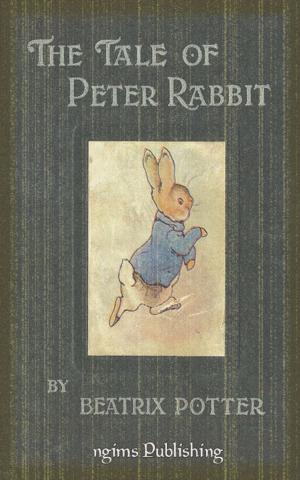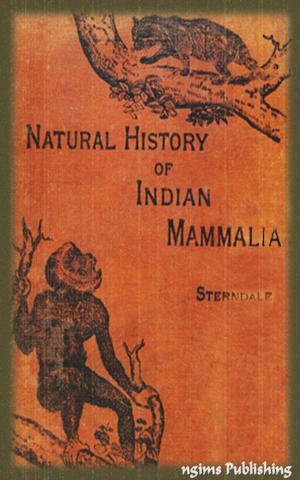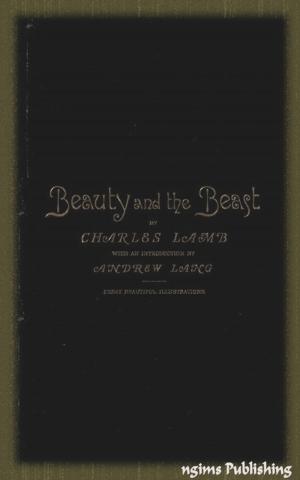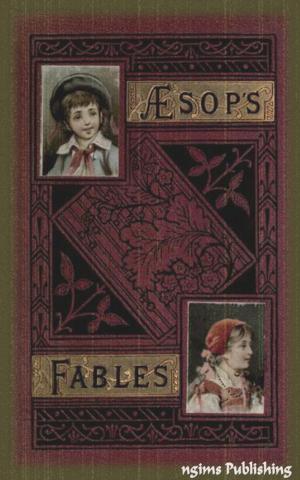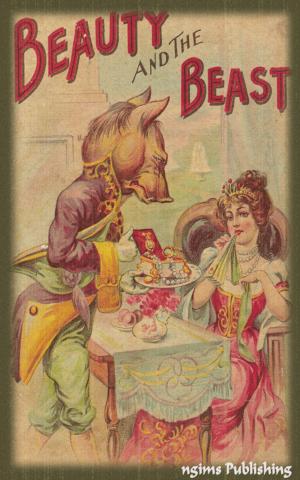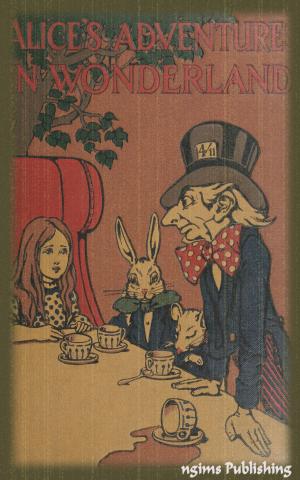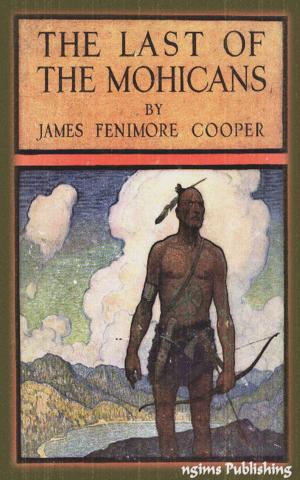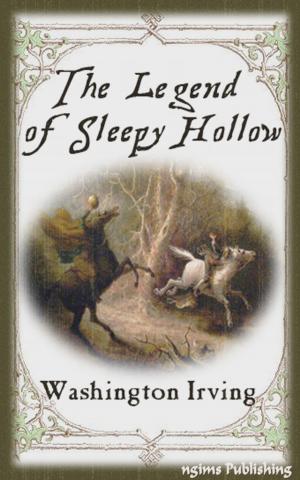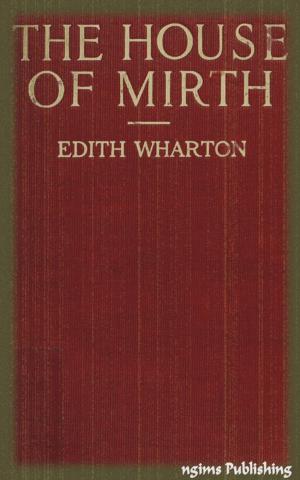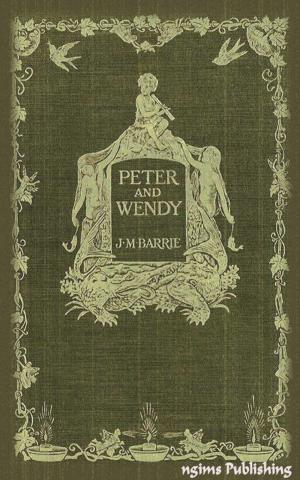The Jungle Book (Illustrated + FREE audiobook link + Active TOC)
Fiction & Literature, Literary Theory & Criticism, Children&| Author: | Rudyard Kipling | ISBN: | 9781618261236 |
| Publisher: | ngims Publishing | Publication: | August 29, 2012 |
| Imprint: | Language: | English |
| Author: | Rudyard Kipling |
| ISBN: | 9781618261236 |
| Publisher: | ngims Publishing |
| Publication: | August 29, 2012 |
| Imprint: | |
| Language: | English |
FEATURES:
• Includes beautiful artworks and illustrations
• A link of a FREE audio book to download at the end of the book
• Active Table of Contents for an easy navigation within the book
• Manually coded and crafted by professionals for highest formatting quality and standards
Check out ngims Publishing's other illustrated literary classics. The vast majority of our books have original illustrations, free audiobook download link at the end of the book, navigable Table of Contents, and are fully formatted. Browse our library collection by typing in ngims or ngims plus the title you're looking for, e.g. ngims Gulliver's Travels.
Free ebooks on the web are not organized for easy reading, littered with text errors and often have missing contents. You will not find another beautifully formatted classic literature ebook that is well-designed with amazing artworks and illustrations and a link to download free audiobook for a very low price like this one. Our ebooks are hand-coded by professional formatters and programmers. Ebook development and design are the core of what our engineers do. Our ebooks are not the cheap flat text kind, but are built from the ground up with emphasis on proper text formatting and integrity.
The Jungle Book is a collection of stories by British Nobel laureate Rudyard Kipling. The stories were first published in magazines in 1893–4. The original publications contain illustrations, some by Rudyard's father, John Lockwood Kipling. Kipling was born in India and spent the first six years of his childhood there. After about ten years in England, he went back to India and worked there for about six-and-half years. These stories were written when Kipling lived in Vermont.
The tales in the book (and also those in The Second Jungle Book which followed in 1895, and which includes five further stories about Mowgli) are fables, using animals in an anthropomorphic manner to give moral lessons. The verses of The Law of the Jungle, for example, lay down rules for the safety of individuals, families and communities. Kipling put in them nearly everything he knew or "heard or dreamed about the Indian jungle." Other readers have interpreted the work as allegories of the politics and society of the time. The best-known of them are the three stories revolving around the adventures of an abandoned "man cub" Mowgli who is raised by wolves in the Indian jungle. The most famous of the other stories are probably "Rikki-Tikki-Tavi", the story of a heroic mongoose, and "Toomai of the Elephants", the tale of a young elephant-handler. "The White Seal", in which the main character seeks a haven for his people where they would be safe from hunters, has been considered a metaphor for Zionism, then in its beginning. As with much of Kipling's work, each of the stories is preceded by a piece of verse, and succeeded by another.
The Jungle Book, because of its moral tone, came to be used as a motivational book by the Cub Scouts, a junior element of the Scouting movement. This use of the book's universe was approved by Kipling after a direct petition of Robert Baden-Powell, founder of the Scouting movement, who had originally asked for the author's permission for the use of the Memory Game from Kim in his scheme to develop the morale and fitness of working-class youths in cities. Akela, the head wolf in The Jungle Book, has become a senior figure in the movement, the name being traditionally adopted by the leader of each Cub Scout pack. (Wikipedia)
FEATURES:
• Includes beautiful artworks and illustrations
• A link of a FREE audio book to download at the end of the book
• Active Table of Contents for an easy navigation within the book
• Manually coded and crafted by professionals for highest formatting quality and standards
Check out ngims Publishing's other illustrated literary classics. The vast majority of our books have original illustrations, free audiobook download link at the end of the book, navigable Table of Contents, and are fully formatted. Browse our library collection by typing in ngims or ngims plus the title you're looking for, e.g. ngims Gulliver's Travels.
Free ebooks on the web are not organized for easy reading, littered with text errors and often have missing contents. You will not find another beautifully formatted classic literature ebook that is well-designed with amazing artworks and illustrations and a link to download free audiobook for a very low price like this one. Our ebooks are hand-coded by professional formatters and programmers. Ebook development and design are the core of what our engineers do. Our ebooks are not the cheap flat text kind, but are built from the ground up with emphasis on proper text formatting and integrity.
The Jungle Book is a collection of stories by British Nobel laureate Rudyard Kipling. The stories were first published in magazines in 1893–4. The original publications contain illustrations, some by Rudyard's father, John Lockwood Kipling. Kipling was born in India and spent the first six years of his childhood there. After about ten years in England, he went back to India and worked there for about six-and-half years. These stories were written when Kipling lived in Vermont.
The tales in the book (and also those in The Second Jungle Book which followed in 1895, and which includes five further stories about Mowgli) are fables, using animals in an anthropomorphic manner to give moral lessons. The verses of The Law of the Jungle, for example, lay down rules for the safety of individuals, families and communities. Kipling put in them nearly everything he knew or "heard or dreamed about the Indian jungle." Other readers have interpreted the work as allegories of the politics and society of the time. The best-known of them are the three stories revolving around the adventures of an abandoned "man cub" Mowgli who is raised by wolves in the Indian jungle. The most famous of the other stories are probably "Rikki-Tikki-Tavi", the story of a heroic mongoose, and "Toomai of the Elephants", the tale of a young elephant-handler. "The White Seal", in which the main character seeks a haven for his people where they would be safe from hunters, has been considered a metaphor for Zionism, then in its beginning. As with much of Kipling's work, each of the stories is preceded by a piece of verse, and succeeded by another.
The Jungle Book, because of its moral tone, came to be used as a motivational book by the Cub Scouts, a junior element of the Scouting movement. This use of the book's universe was approved by Kipling after a direct petition of Robert Baden-Powell, founder of the Scouting movement, who had originally asked for the author's permission for the use of the Memory Game from Kim in his scheme to develop the morale and fitness of working-class youths in cities. Akela, the head wolf in The Jungle Book, has become a senior figure in the movement, the name being traditionally adopted by the leader of each Cub Scout pack. (Wikipedia)
